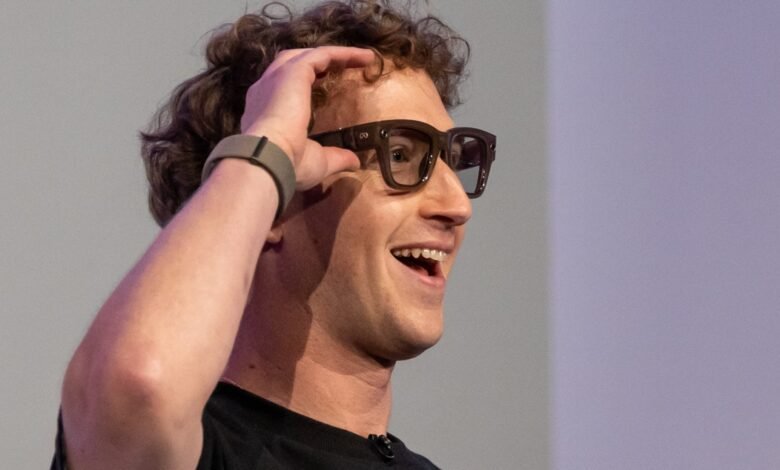Why Zuckerberg Risked a Live Demo Failure

▼ Summary
– The author compares Mark Zuckerberg’s Meta Connect keynote to Google’s 2012 Glass demo, noting a return to live, risky tech presentations after years of prerecorded events.
– Zuckerberg’s demos repeatedly failed, including a video call attempt and an AI cooking assistant that malfunctioned by assuming incorrect progress in a recipe.
– Unlike Steve Jobs’ 2010 Wi-Fi issue during an iPhone demo, which led to the groundbreaking FaceTime reveal, Zuckerberg’s failures lacked a proportional reward or adequate preparation.
– The author argues that live demo failures can enhance credibility by proving a product is real, but only if the risk aligns with a genuinely impressive technological achievement.
– There is a call for more live demos in tech keynotes, as failures demonstrate authenticity, which is increasingly valuable amid prevalent AI-generated content and polished presentations.
Watching Mark Zuckerberg kick off the Meta Connect keynote felt like stepping into a time machine. He strapped on a pair of smart glasses and gave viewers a live, unfiltered backstage tour, channeling the raw energy of tech demos from a bygone era. It was impossible not to flash back to 2012, when Google stunned the world with a jaw-dropping live skydive streamed directly through Google Glass.
That kind of high-wire act has been sorely missing from product launches, especially since the pandemic pushed most events into highly polished, pre-recorded formats. There’s something electric about watching something unfold in real time, knowing it could fail makes the success all the more thrilling. Even when things go wrong, it reinforces authenticity, a quality that’s become rare in an age of generative AI and digital illusion.
Zuckerberg seemed intent on recapturing that live-wire excitement. With Apple stumbling in AI and Google growing cautious after public missteps, Meta had a chance to appear bold and innovative. The logic was clear: take a risk, look brave. But bravery only works if you’re prepared for things to go sideways.
Repeatedly, Zuckerberg tried to connect a video call through the glasses to Meta’s CTO Andrew Bosworth, a feat that’s notoriously finicky even with mature technology. Each failed attempt chipped away at the spectacle. Later, a cooking demo meant to showcase the glasses’ AI recipe guidance fell completely flat. The assistant incorrectly assumed ingredients had already been prepared, leaving the chef confused and repeating, “What do I do first?” Blaming Wi-Fi for the error only made it worse; anyone technical knew connectivity issues don’t cause AI to invent completed cooking steps.
Interestingly, the stumbles didn’t entirely undermine the presentation. In some ways, they made the working demos feel more genuine. When the glasses successfully captioned real-time speech or the neural wristband translated gestures into messages, the effect was impressive precisely because earlier glitches had already signaled this was all happening live. As Bosworth himself admitted after fumbling a control, “That’s how we prove it’s really live.”
This isn’t the first time a tech giant has turned a demo fail into a credibility win. Steve Jobs once struggled to load a website on the new iPhone 4 and famously ordered journalists to shut off their Wi-Fi hotspots. That momentary hiccup made the subsequent reveal of FaceTime, the first public video call between iPhones, feel all the more real and revolutionary. The risk was justified by the reward.
Zuckerberg’s attempts, by comparison, often felt mismatched. Trying over and over to make a routine video call, or staging a cooking demo with suspiciously well-labeled ingredients, didn’t carry the same weight. The stakes were too low, the payoff too familiar. If you’re going to risk a live failure, what follows had better be worth it.
Live demos are messy, unpredictable, and sometimes awkward, and that’s exactly why they matter. In a landscape saturated with synthetic content and flawless renders, seeing something real, even flawed, cuts through the noise. It reminds us that innovation isn’t just about what’s possible in theory, but what actually works when the cameras are rolling.
(Source: The Verge)